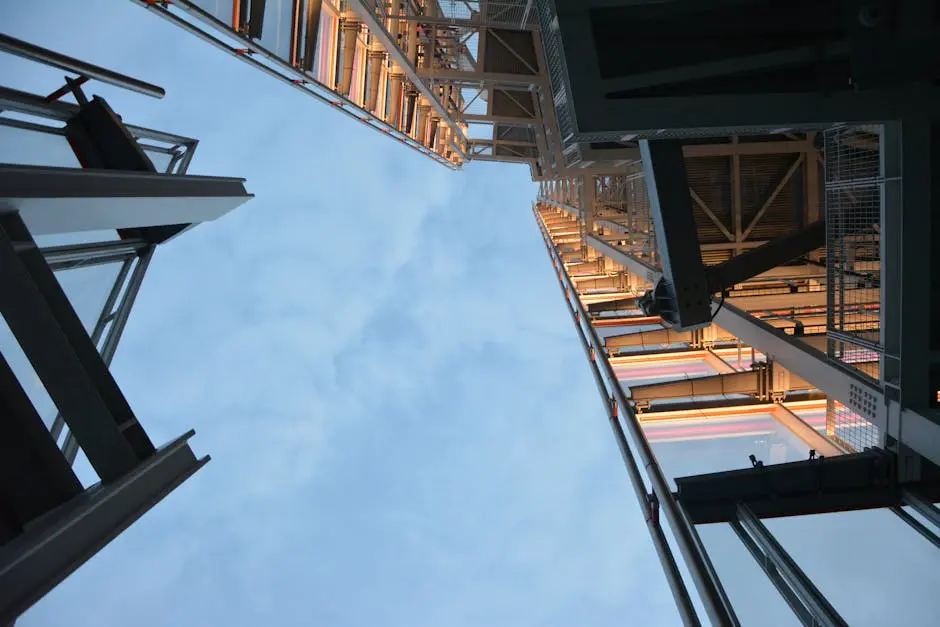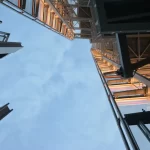The construction industry in New Zealand is undergoing a remarkable transformation, driven by innovative design trends that harness the strength and versatility of steel frame design. In this blog, we will explore seven of the most exciting trends that are shaping the future of construction in this beautiful country. By showcasing the benefits of steel framing, these trends are not only enhancing structural integrity but also promoting sustainability and aesthetic appeal. Let’s dive in and discover what’s trending in New Zealand’s construction scene!
1. Sustainable Building Practices
Sustainability is at the forefront of modern construction. Discover how steel frames contribute to eco-friendly practices through recyclability and energy efficiency. With the increased focus on minimizing environmental impact, steel’s ability to be recycled without losing its properties stands out. Additionally, the production process for steel can be powered by renewable energy sources, further enhancing its eco-friendly profile. These practices not only reduce waste but also foster a cycle of sustainability that is crucial for future generations.
Moreover, steel frame design often allows for better insulation options, which can lead to reduced energy consumption for heating and cooling. This means that buildings not only last longer but are also cheaper to maintain over time. With architects and builders increasingly prioritizing sustainable materials, steel frames are becoming the backbone of green building certifications like Green Star and Homestar, proving that innovation and responsibility can go hand in hand.
2. Flexible Space Solutions
With open-concept living on the rise, learn how steel framing provides the flexibility needed for versatile and adaptable spaces. Traditional building methods could impose limitations on floor plans, but steel frames can support wide spans, allowing for expansive open areas. This adaptability not only enhances the quality of living but also allows for easier renovations in the future. Imagine being able to modify your living space without worrying about compromising the building’s integrity!
The inherent strength of steel means fewer support columns and walls, which can restrict movement within a space. This is particularly advantageous for families who desire a layout that evolves with their changing needs. Whether it’s an expanding family or the need for a home office, steel framing enables homeowners to reconfigure their living spaces seamlessly. The versatility of steel plays a crucial role in modern design strategies that prioritize open, airy environments while maintaining robust structural support.
3. Streamlined Building Processes
Explore how the precision of steel frame fabrication speeds up the construction process, minimizing delays and disruptions. Unlike traditional construction, where materials may be sourced on-site, steel frames often come pre-fabricated, allowing for quicker assembly. This efficiency not only shortens construction timelines but also reduces labor costs and the likelihood of on-site errors.
Additionally, the predictability of using steel frames enhances project planning. Builders can better anticipate costs, timelines, and challenges ahead, ultimately leading to projects that stay on schedule and within budget. As the demand for fast-tracked projects increases, the efficiency of steel frame construction positions it as a favorable choice for developers looking to meet tight deadlines while still delivering high-quality, durable buildings.
4. Innovative Architectural Designs
Steel framing allows architects to push the boundaries of design, creating stunning structures that were previously unimaginable. The flexibility of steel not only provides support but inspires creativity—enabling unique shapes, curves, and layouts that challenge conventional aesthetics. This modern approach to architecture encourages a collaboration between functionality and artistic vision.
Moreover, steel frames can be combined with other materials, such as glass or timber, leading to captivating facades that capture the essence of contemporary design. Such innovations are evident in various projects throughout New Zealand, where new buildings emerge as symbols of modernity and artistic expression. Architects today are not just building structures but are crafting works of art that reflect the cultural zeitgeist and geographic beauty of the surrounding area.
5. Enhanced Structural Integrity
Delve into how the strength of steel frames improves the safety and durability of buildings, especially in seismic-prone areas. Given New Zealand’s location along the Pacific Ring of Fire, it’s imperative that buildings can withstand natural disasters such as earthquakes. Steel’s high tensile strength and ductility ensure that structures can absorb and dissipate energy, reducing the risk of catastrophic failure.
In addition to seismic safety, steel’s resistance to common structural issues—including rot, pests, and even fire—ensures a longer lifespan for buildings, leading to lower long-term costs for maintenance and repairs. This resilience is crucial for both residential and commercial structures, where safety cannot be compromised. The integration of steel frames not only addresses immediate safety concerns but also establishes a foundation for future resilience against unpredictable environmental challenges.
6. Aesthetic Versatility
Uncover the various finishes and styles that can be achieved with steel frames, making them a popular choice for both modern and traditional designs. The adaptability of steel means it can accommodate a range of architectural styles—whether it’s a sleek industrial look or a classic colonial facade. Designers are using steel to create eye-catching exteriors that resonate with contemporary tastes.
Furthermore, steel frames can be painted, coated, or left raw to develop a patina, allowing homeowners to personalize their structures to suit their tastes. As trends move toward individual expression, the aesthetic versatility of steel becomes a significant draw for architects and homeowners alike. This creative potential ensures that no two steel-framed buildings need to look alike, making every project unique.
7. Integration of Technology
Learn about the impact of technology on steel frame design, from smart construction methods to integrated building systems. The adoption of Building Information Modeling (BIM) and artificial intelligence in the design process allows architects and builders to visualize and manipulate steel structures in ways that were never before possible. This enhances precision and collaboration between contractors, reducing the likelihood of costly mistakes.
Additionally, advances in prefabrication technology mean that elements of steel frames can now be made with incredible precision and efficiency. These advancements are revolutionizing construction workflows, leading to smarter buildings that are equipped with advanced energy systems, smart sensors, and integrated management systems. As technology continues to evolve, so too will the potential of steel frame design, paving the way for buildings that are not only structurally sound but also intelligent.



